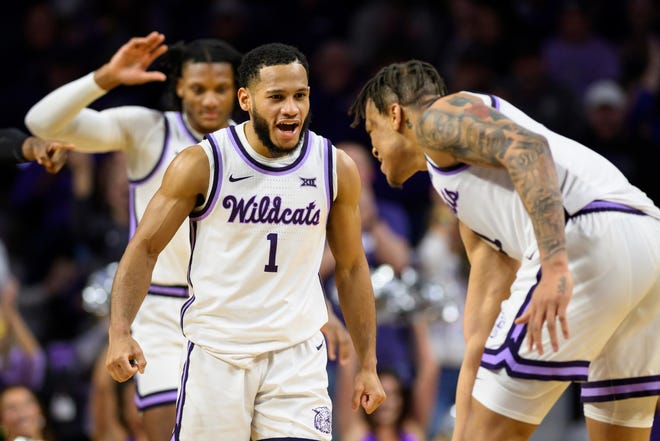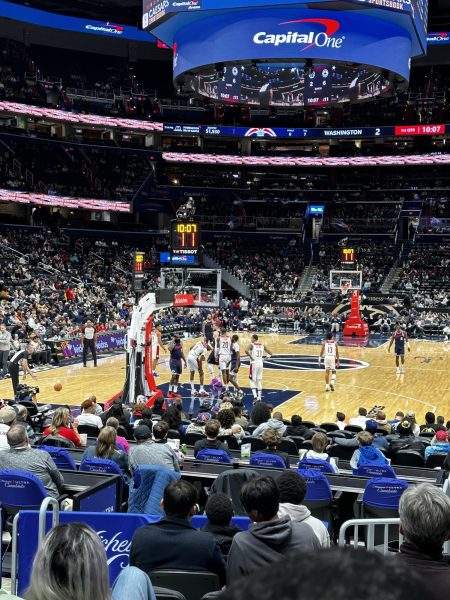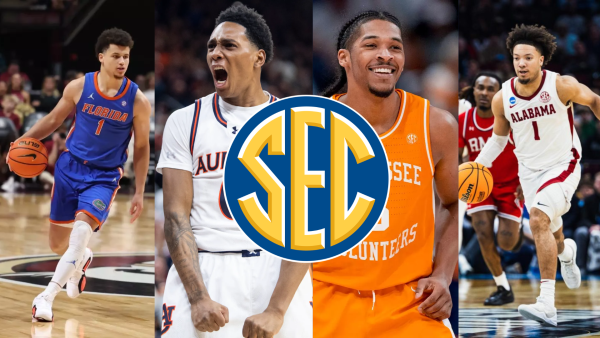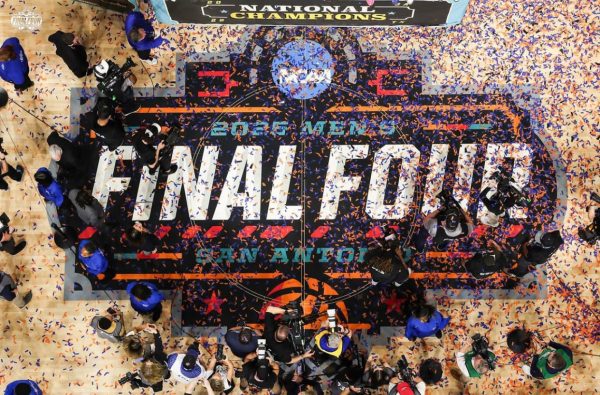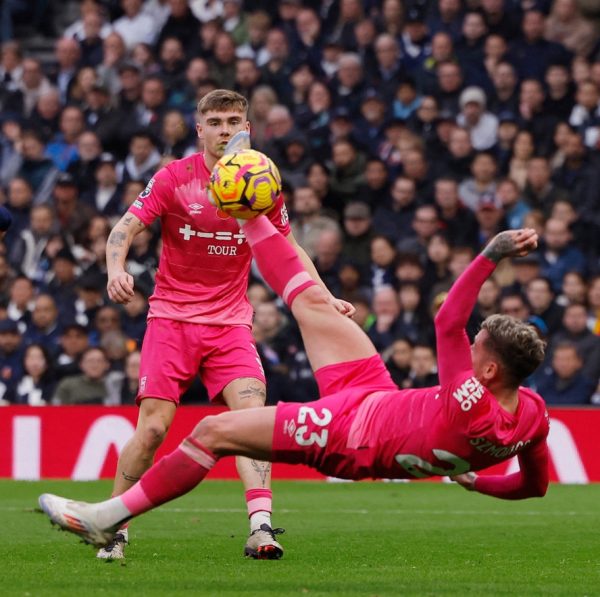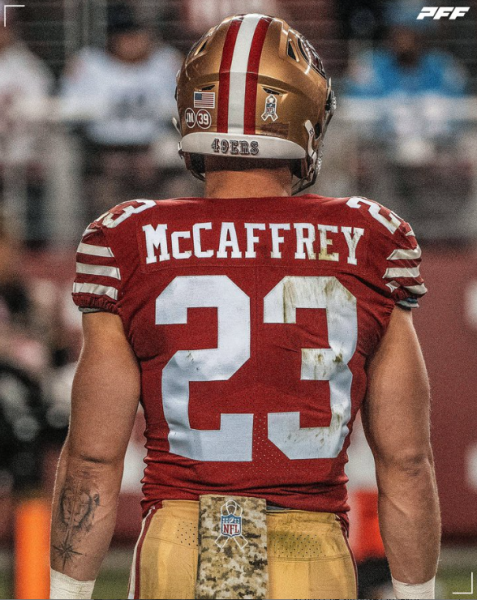Modern Basketball’s Odd Problem
Markquis Nowell is a prime example of the offensive juggernauts found in the modern game. (Courtesy of Twitter)
While this article’s title may suggest that I am a cynical old man who believes that the modern game of basketball is a travesty, I actually have a rather profound appreciation for today’s style of play. I grew up in and have played for more than 14 years in this current “mixtape era,” where flash and volume three-point shooting are valorized above all. I cannot help but feel excited here and there when I watch the subtle swagger of Steve Nash, the uncanny shot-making of Caitlin Clark or the pure dominance of Lebron James.
However, as exciting as modern basketball can be at times, it has a rather unique problem that prevents many from consistently enjoying it: the players are simply becoming too good for the sport.
Turn on any high-level basketball game, from the upper echelons of the high school game to the NBA, and it becomes immediately apparent that almost every player is an effortless scorer. With all the modern-day advancements in training, the shot-making, space-creating, offensive IQ and physique of modern basketball players has simply exceeded the levels that make defense feasible in the slightest. Kevin Durant is able to hit contested jumper after contested jumper. Steph Curry and Damian Lillard have ridiculous range, being able to shoot the ball from anywhere on the court. Zach Edey can effectively drop the ball into the basket upon catching it. Zion Williamson, Ja Morant and Shai Gilgeous-Alexander all control their bodies in such a way that one cannot help but marvel at their seeming transcendence past the limits of the human physique. I even saw an absurd level of talent during my playing days in high school, facing off against a player named George Beale Jr. (now an important piece of Norfolk State’s basketball program) who made heavily guarded shots and ridiculous layups that likely the best players of the 1960s could have only ever dreamed of.
It is this upward trend of talent that has led many to complain about the “lack of toughness” in the modern game, with “defense no longer being emphasized like it used to be.” There is a validity to this statement, with the advent of load management certainly decreasing players’ efforts here and there, yet one must understand that this new lack of defense is the byproduct of the fact that it has been rendered impotent by this meteoric rise in offensive ability. It simply no longer makes sense to play defense. Why expend all that energy trying to stay in front of Trae Young if he can simply just step-back and hit a contested three with almost laughable ease? Why should players be expected to try to stop the specter that is the modern offensive player? While I absolutely hate it (especially as someone who was primarily a defensive-minded player all throughout my AAU and high school playing days), I cannot help but agree with this decision to play smarter, not harder.
Yet, as logical of a decision as ignoring the defensive side of the game is, when half of the sport is cast off, its quality will always decline. Many fans have come to realize this, with the complaints mounting about the quality of the modern game, with NBA scores now routinely finishing 120ish-110ish, college games increasingly becoming track meets and even the high school level disproportionately focusing on and being dominated by offense. Sure, this may be exciting to watch here and there, but it becomes tiring, even laborious, to see teams get up and down without facing resistance for the entire game. It simply feels like a glorified pick-up game.
This then begs the question: How can the sport be rectified? Honestly, it simply cannot be. The infrastructure of the modern game is seemingly irreversible, as youth development initiatives like the AAU system or the surge in the number of “youth trainers” are likely here to stay in so long as social media continues to stay around and fuel this “mixtape era” that we are in. Thus, children will always undergo years of rigorous practices and training sessions before they hit high school. As long as this continues, players will only continue to get better and better at putting the ball in the basket, with defense becoming more and more obsolete over time.

Jonah Ring is a senior from Norfolk, Virginia, pursuing a degree in theology, philosophy and art history. He originally joined The Ram via Sports...



































































































































































































